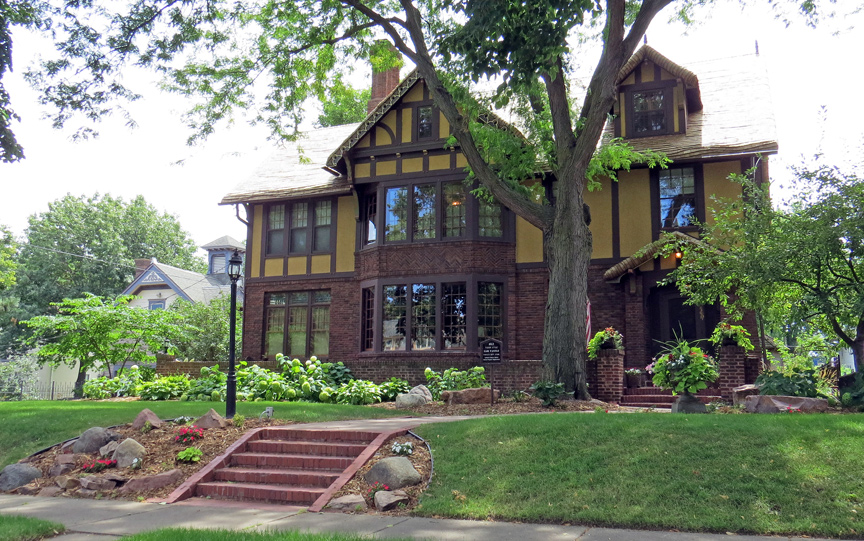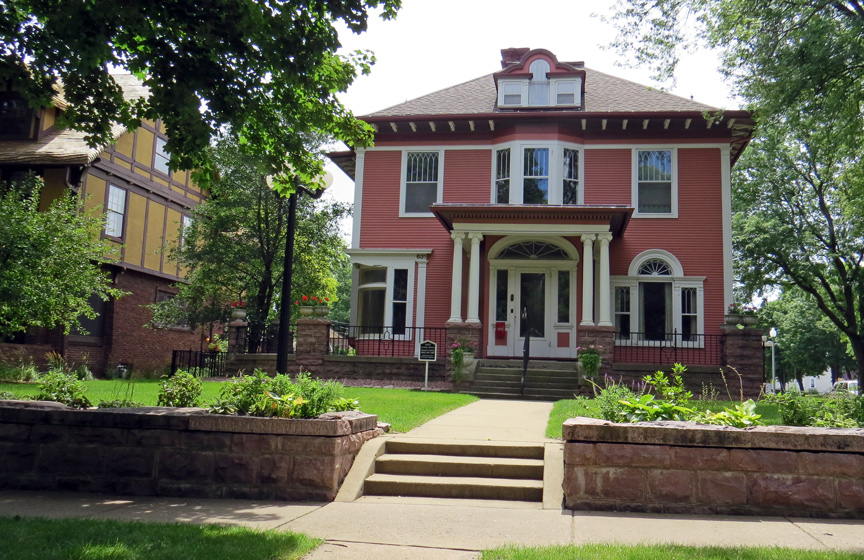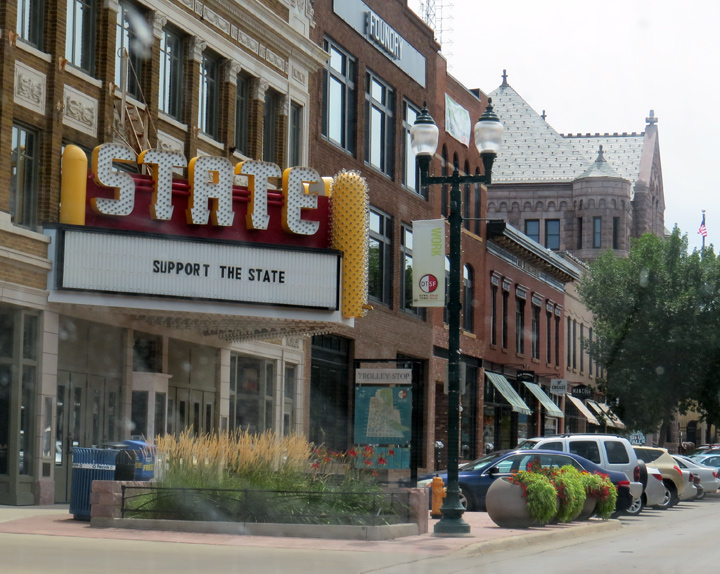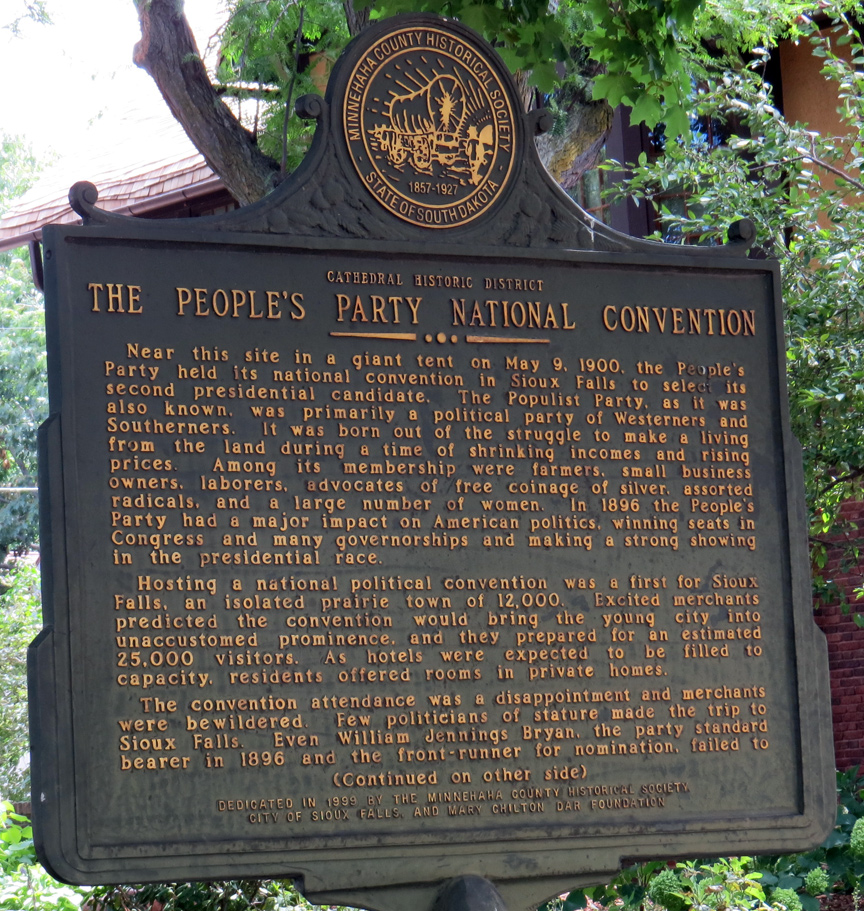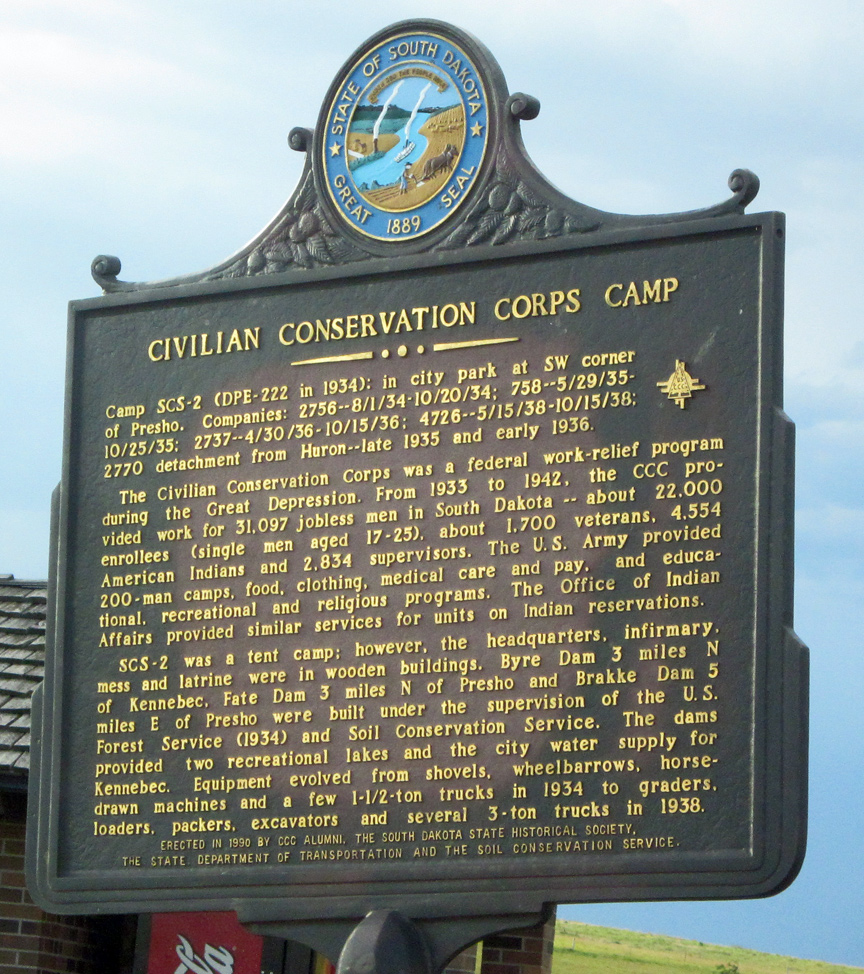

Sioux Falls
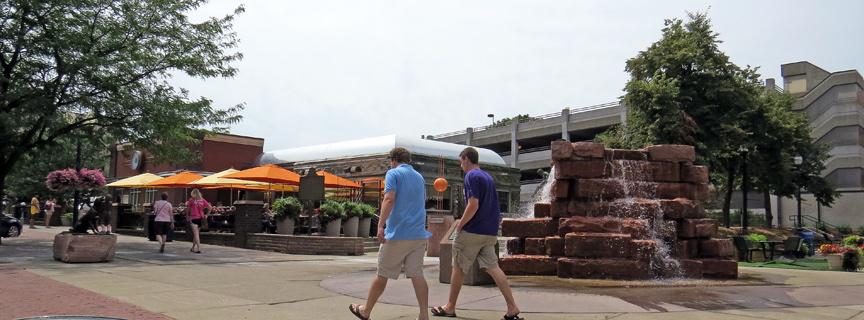
Sculpture Walk, Sioux Falls
Sioux Falls "Stone Shatter City") is the largest city in the U.S. state of South Dakota. It is the county seat of Minnehaha County, and also extends into Lincoln County to the south. It is the 47th fastest growing city in the United States[10] and the fastest growing metro area in South Dakota, with a total increase of 22% since 2000.
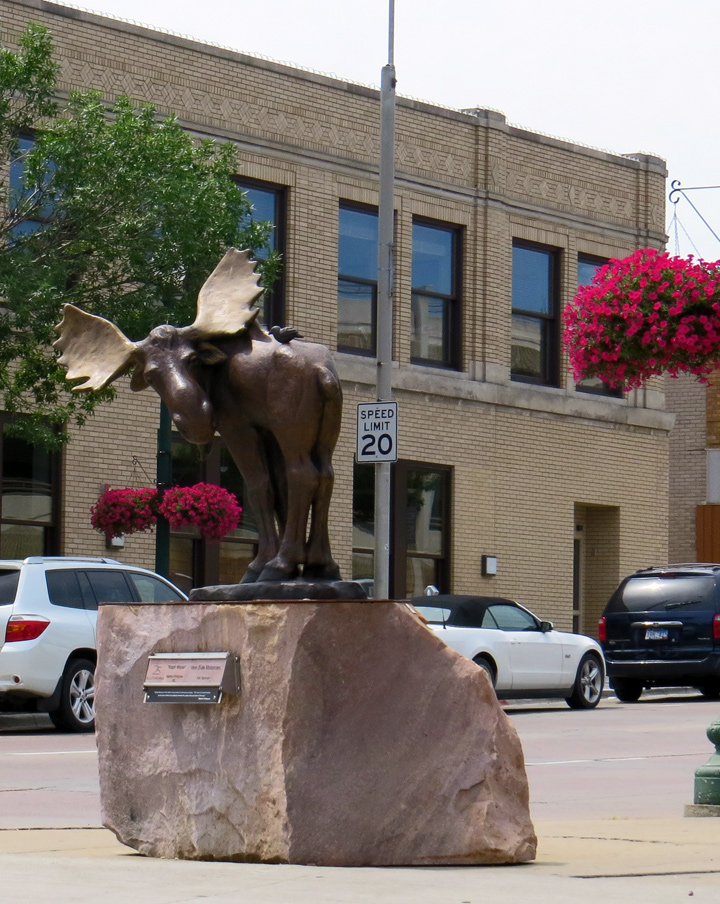
As of 2014, Sioux Falls had an estimated population of 168,586. The metropolitan
population of 248,351 accounts for 29% of South Dakota's population. It is also
the primary city of the Sioux Falls-Sioux City Designated Market Area (DMA), a
larger media market region that covers parts of four states and has a population
of 1,043,450. Chartered in 1856 on the banks of the Big Sioux River, the city is
situated on the prairie of the Great Plains at the junction of Interstate 90 and
Interstate 29.
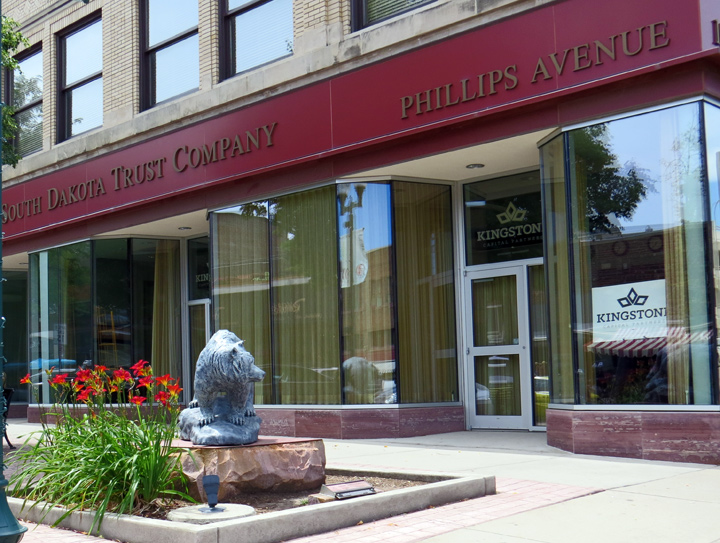
The history of Sioux Falls revolves around the cascades of the Big Sioux River.
The falls were created about 14,000 years ago during the last ice age. The lure
of the falls has been a powerful influence. Ho-Chunk, Ioway, Otoe, Missouri,
Omaha (and Ponca at the time), Quapaw, Kansa, Osage, Arikira, Dakota, Nakota and
Cheyenne people inhabited the region previous to European descendants. Numerous
burial mounds still exist on the high bluffs near the river. The inhabitants
maintained an agricultural society with fortified villages on many of the same
sites that were previously settled. Lakota populate urban and reservation
communities in the contemporary state and many Lakota, Dakota, Nakota, and other
Indigenous Americans reside in Sioux Falls today.
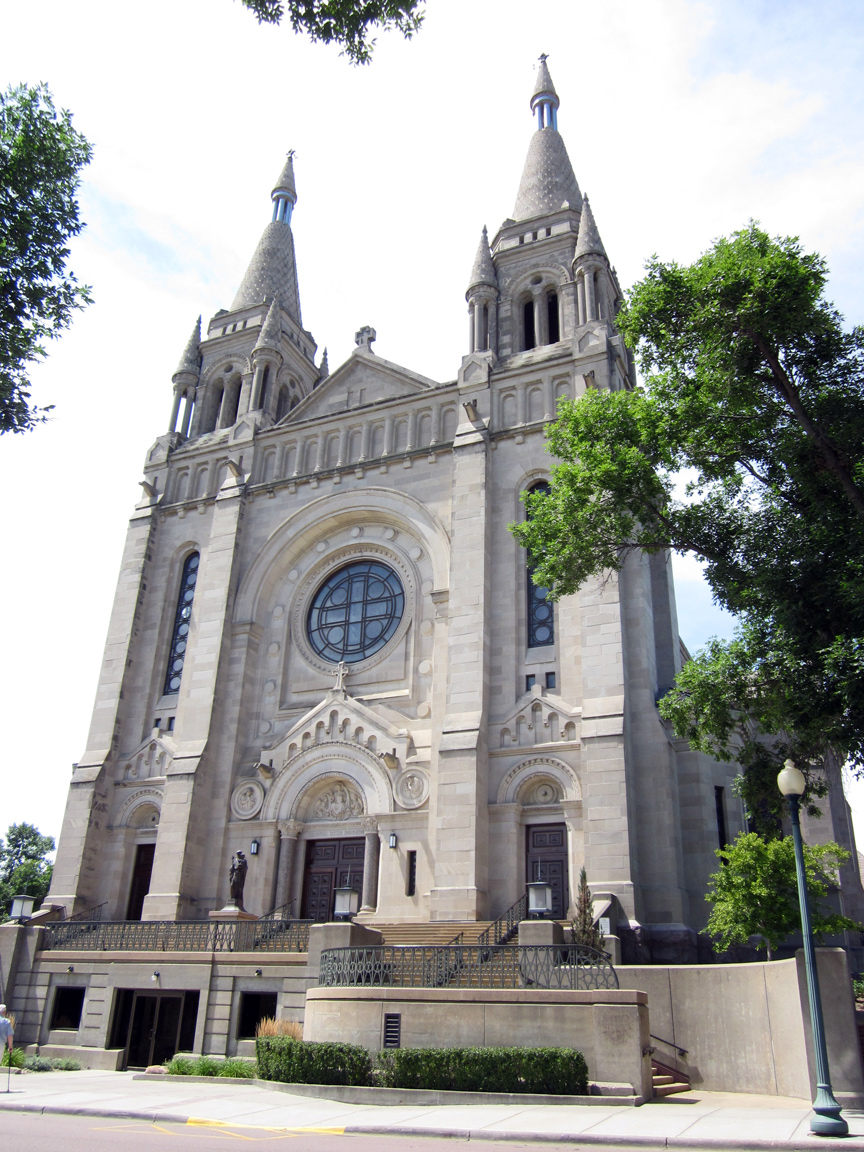
Cathedral of Saint Joseph
More Photos of the Cathedral of Saint Joseph
French voyagers/explorers visited the area in the early 18th century. The first
documented visit by an American (of European descent) was by Philander Prescott,
who camped overnight at the falls in December 1832. Captain James Allen led a
military expedition out of Fort Des Moines in 1844. Jacob Ferris described the
Falls in his 1856 book "The States and Territories of the Great West".
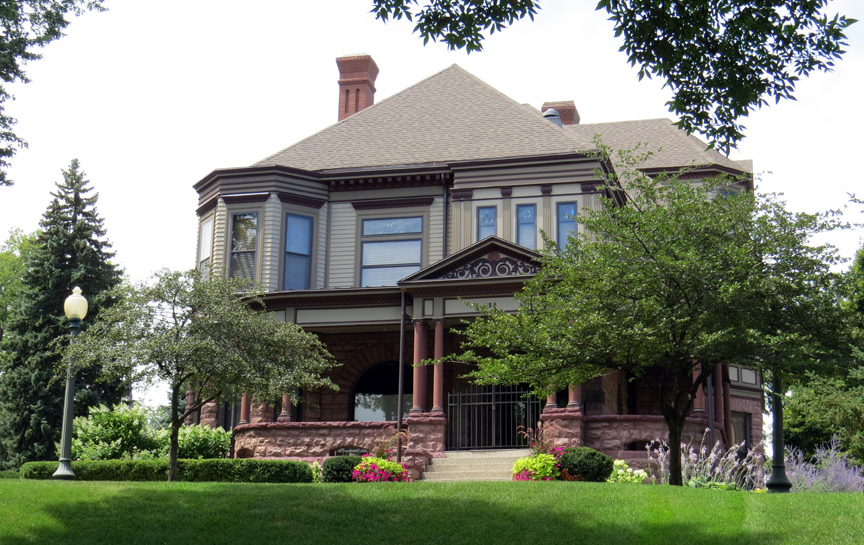
Two separate groups, the Dakota Land Company of St. Paul and the Western Town
Company of Dubuque, Iowa organized in 1856 to claim the land around the falls,
considering a promising townsite for its beauty and water power. Each laid out
320-acre (1.3 km2) claims, but worked together for mutual protection. They built
a temporary barricade of turf which they dubbed "Fort Sod," in response to
hostilities threatened by native tribes. Seventeen men then spent "the first
winter" in Sioux Falls. The following year the population grew to near 40.
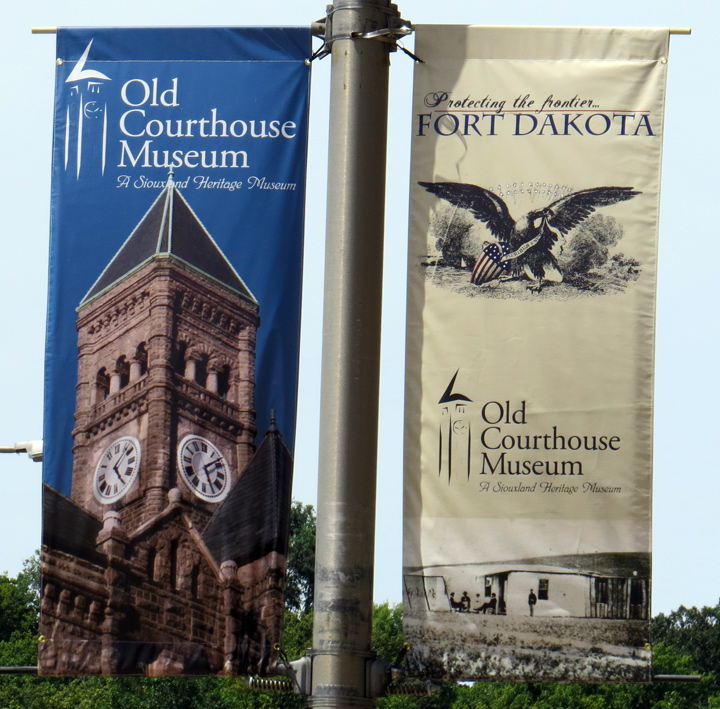
Old Courthouse Museum
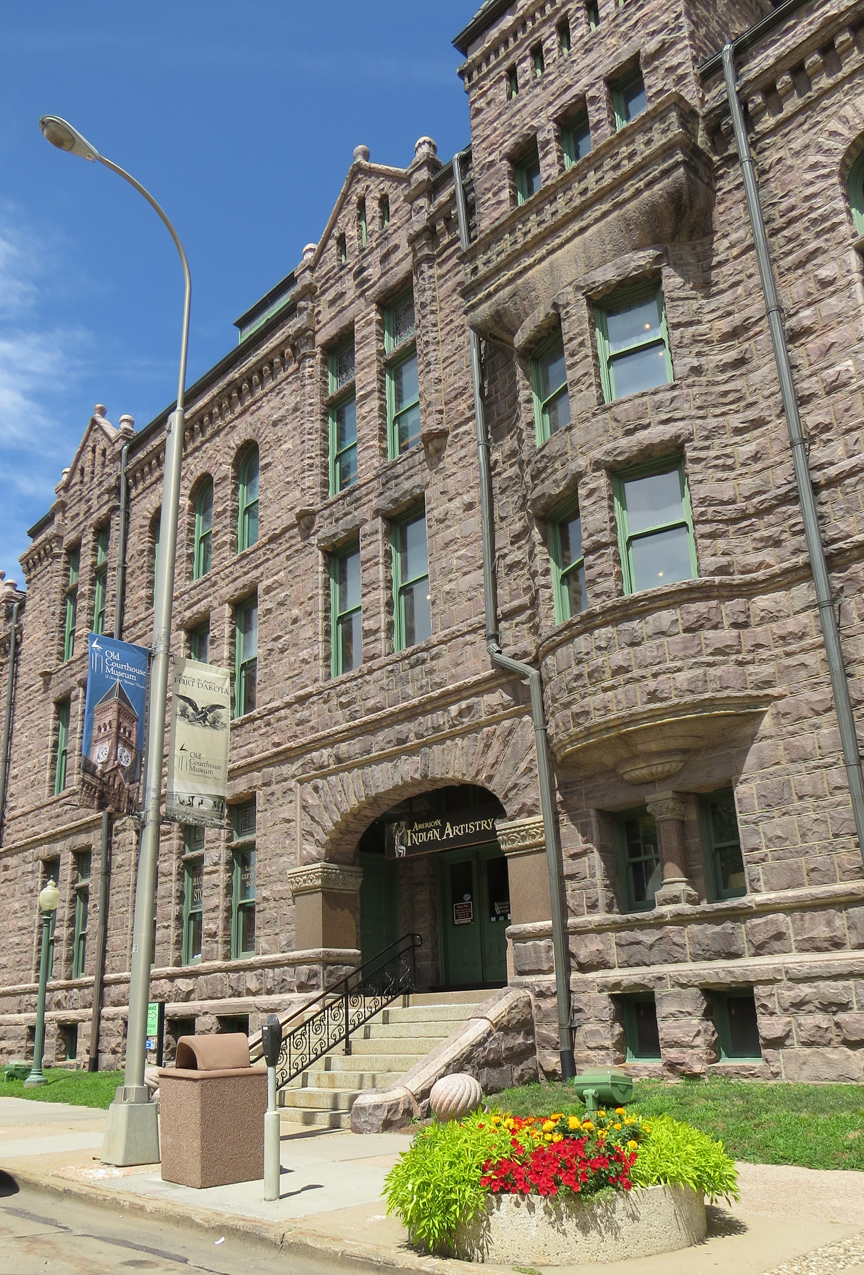
Old Courthouse Museum
More Photos of the Old Courthouse Museum
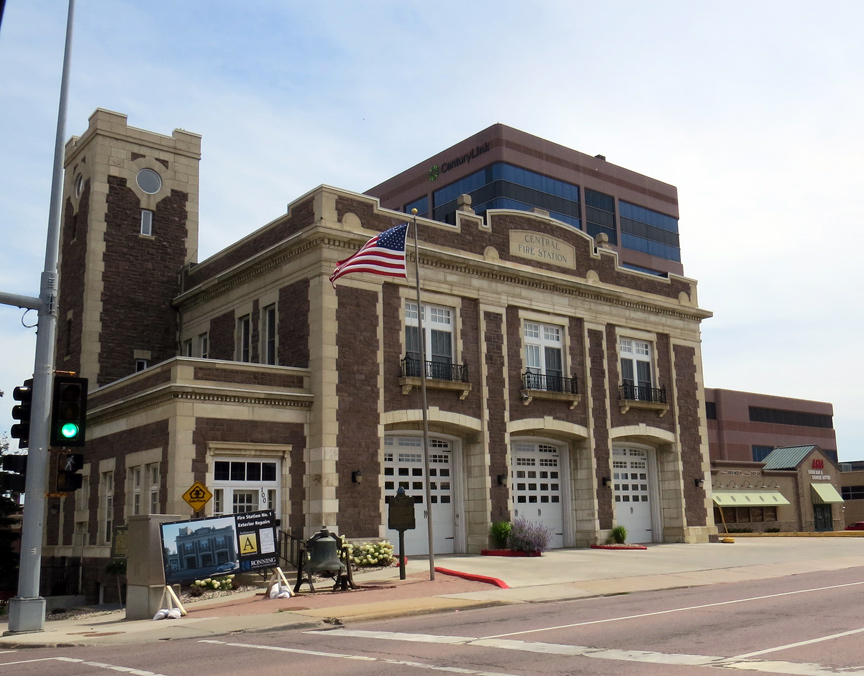
Although conflicts in Minnehaha County between Native Americans and white
settlers were few, the Dakota War of 1862 engulfed nearby southwestern
Minnesota. The town was evacuated in August of that year when two local settlers
were killed as a result of the conflict. The settlers and soldiers stationed
here traveled to Yankton in late August 1862. The abandoned town site was
pillaged and burned.
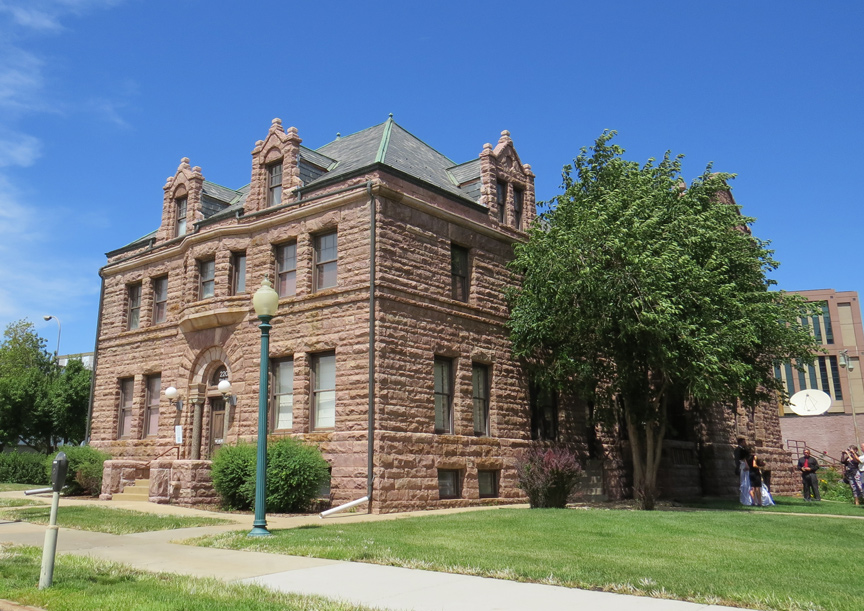
Fort Dakota, a military reservation established in present-day downtown, was
established in May 1865. Many former settlers gradually returned and a new wave
of settlers arrived in the following years. The population grew to 593 by 1873,
and a building boom was underway in that year.The Village of Sioux Falls,
consisting of 1,200 acres (4.9 km2), was incorporated in 1876 and was granted a
city charter by the Dakota Territorial legislature on March 3, 1883
Text from Wikipedia
